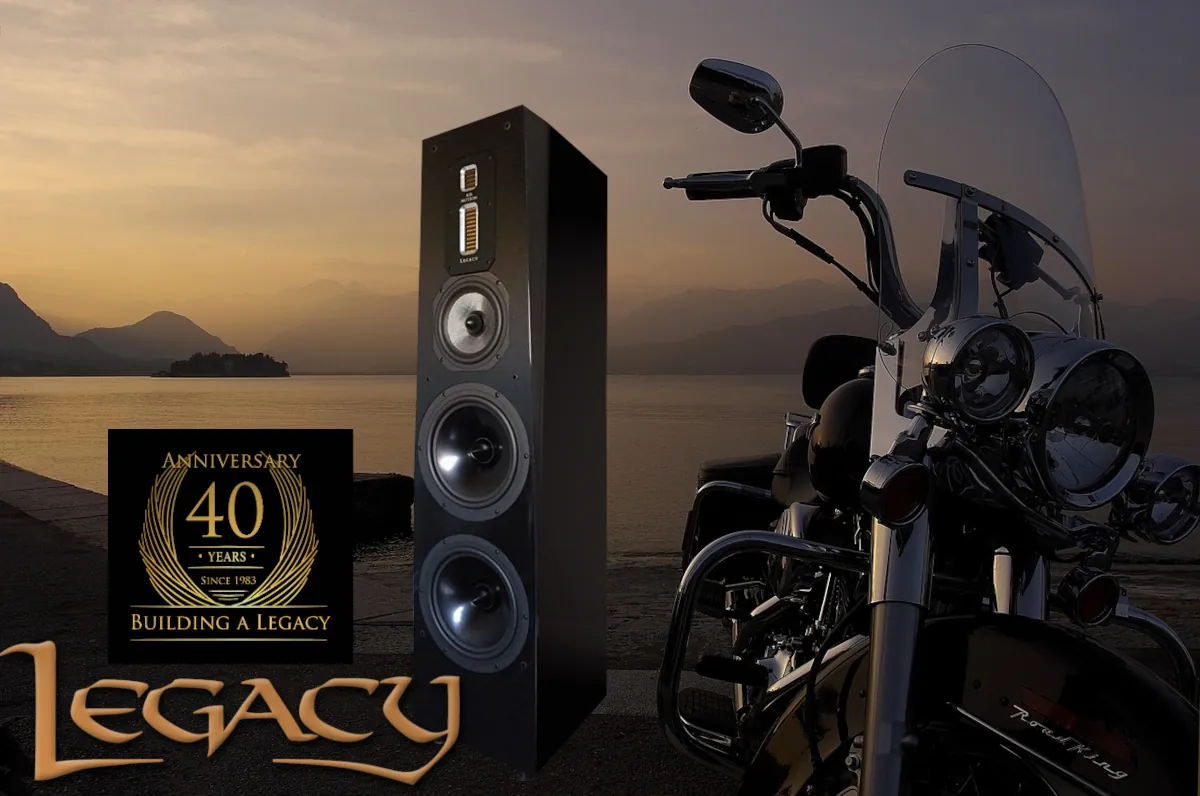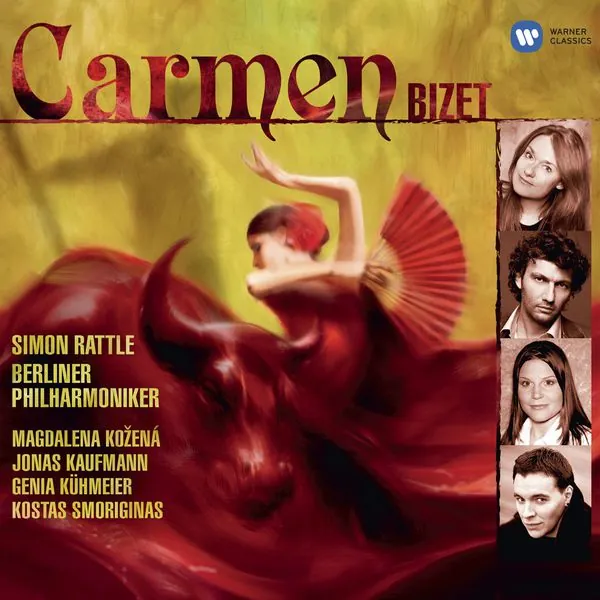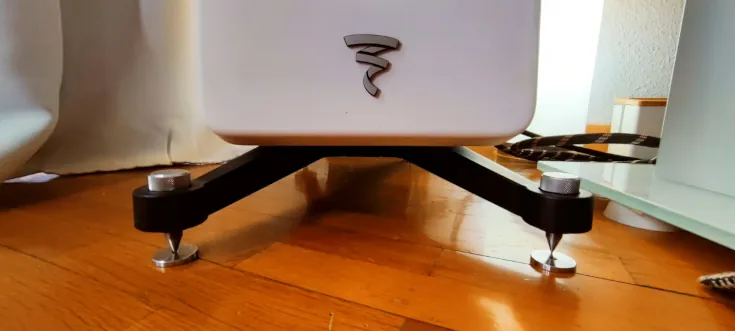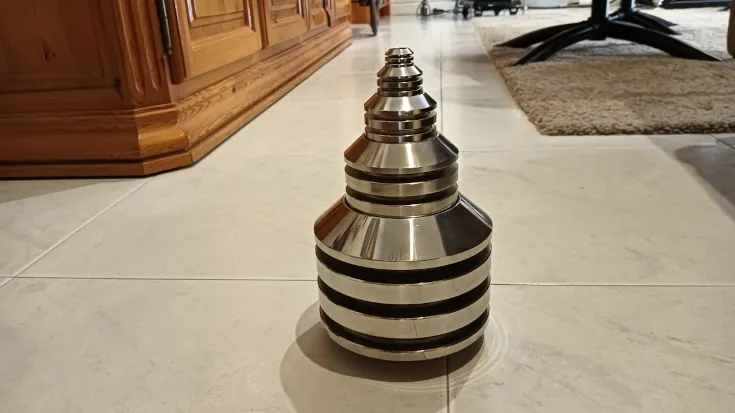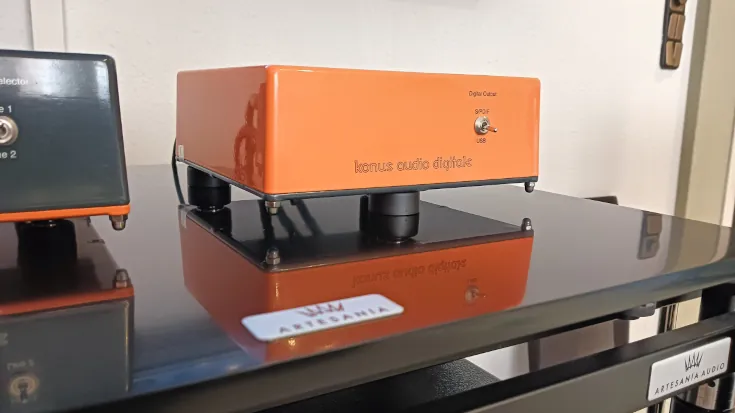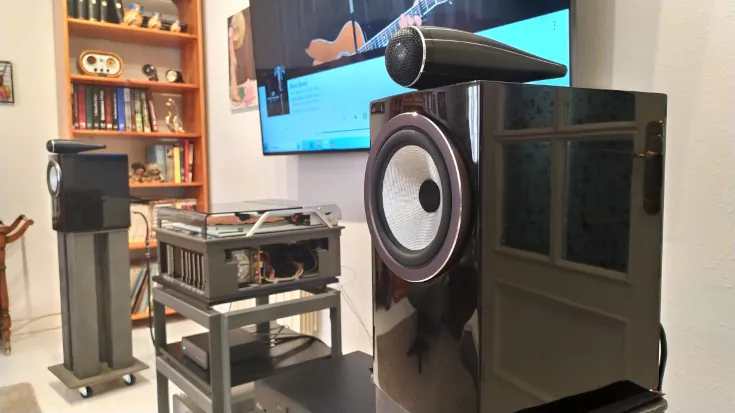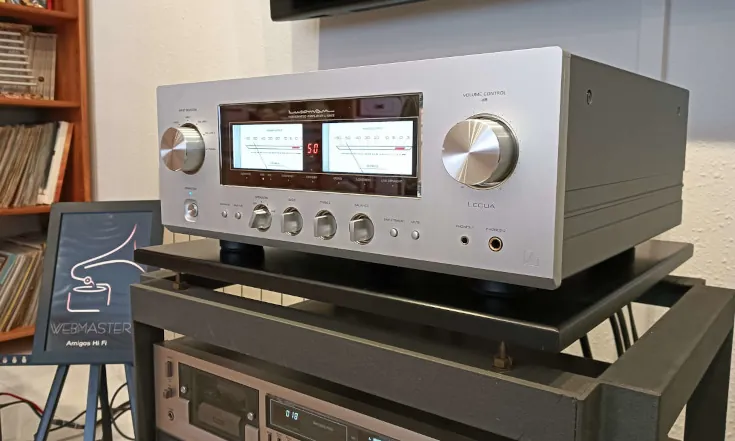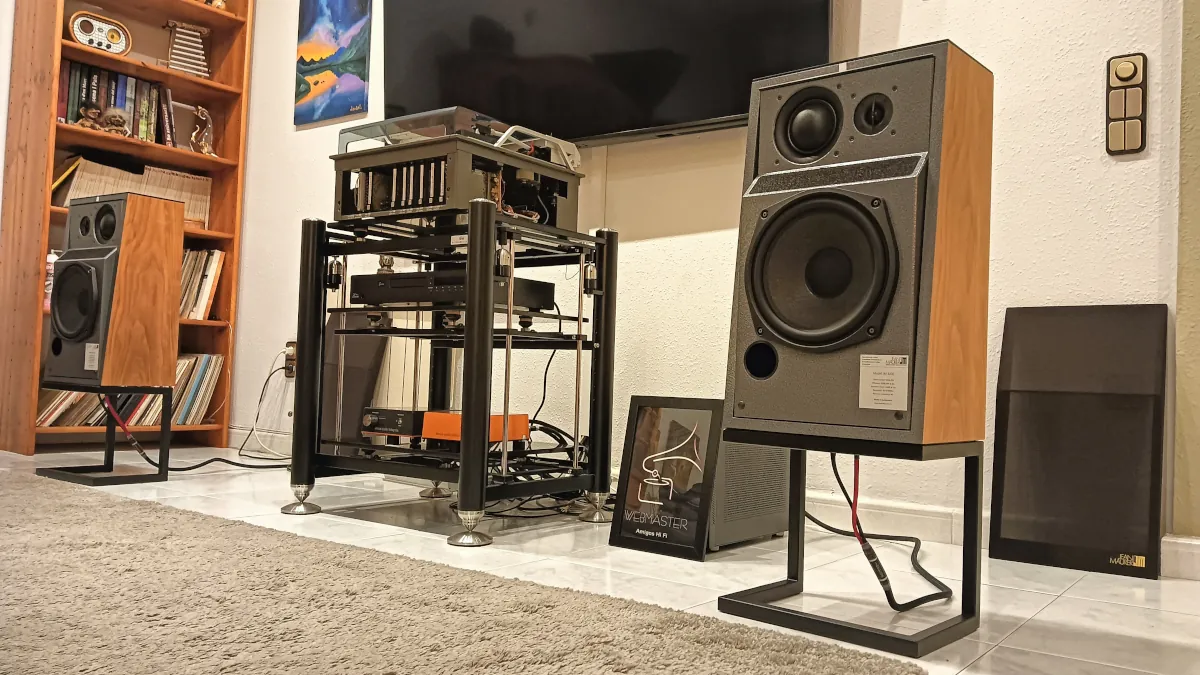Perfect Stranger

I had been unaware of the Legacy Audio Signature SE for a long time until I was unable to relearn things that I had almost forgotten about.
In a period of no more than six months, I have been able to have two speakers of the same brand installed in my house, with a very similar aesthetic, where only the size and the difference in transducers made you think they were different. I'm talking about the Legacy Audio FOCUS SE and the same brand, Signature. Therefore, the brain does its calculations and believes that this more compact version will be a better fit for my room and at the same time will have a shorter period of adaptation to its sound, having its brother present and recent. Just one detail, but it is a closed or sealed enclosure, whatever you prefer to call it. And will things change that much because of this detail? For speed addicts who need to read twenty more articles in five minutes, I'll give you the answer now, they are nothing alike. Nothing at all.
Legacy Focus SE vs Signature SE
If we look at their electronics, we can say that both models are four-way. The first has two 7-inch mid-range drivers and the second only one. In addition, the Focus SE version is equipped with two 12-inch transducers and the Signature has two too, although they are 10 inches. AMT for both treble and upper midrange in the two models of 1 and 4 inches respectively. I want to emphasize this point; without initially going into the quality offered by this system compared to the traditional dome, the level of stress that the materials must endure is lower, therefore, the durability of the same, under identical conditions, is superior.
That is why, under normal conditions, the level of amplification demand of the Signature should be lower than the Focus by a simple calculation of the differential between the acoustic motors, and this is not the case. It is not because of one detail that makes all the difference: the Focus SE has two bass reflex air outlet ports, while the Signature does not.
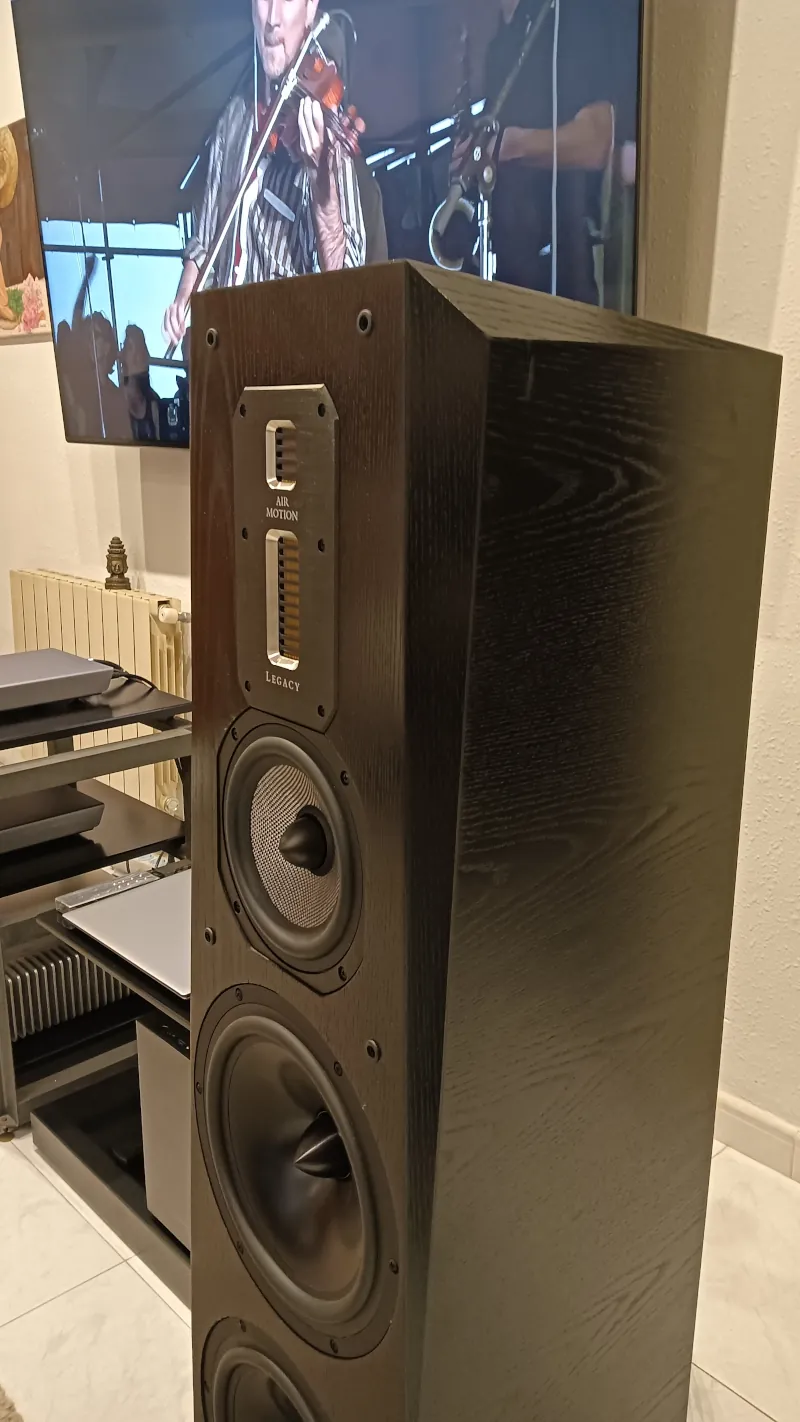
It had been a long time since I had a speaker with this type of construction in my living room and I was really looking forward to reliving past times. And I say past because it is quite difficult to find these configurations nowadays. This is due to the sophistication of the computer programs that calculate the theoretical results of installing certain transducers over others. From using one type of interior absorber to another, or its exit route; the location and size of the leak from these ventilated ports can be precisely adjusted and set to certain frequencies. Once these theoretical tests have been carried out, all that remains is to put them into practice and check which of two or three options best satisfies the designers.
These models have many commercial advantages, since with a lower box volume, they can achieve greater sound pressure and presence. They need much less intensity to generate presence in the room, since all their sound is "expelled" into the room, either in the first instance, by the transducers, or in the second, with the recoil of the membrane and its agitation is evacuated by the port or ports at certain frequencies (always bass) as a signal amplifier.

Not having the aforementioned configuration means that the entire sound presence will have to be generated by the outward impulse of the membranes, without any other help. So we need an amplifier or power stage with a lot of capacity for constant, not occasional, electrical delivery. If someone tries out these speakers without linking them to one of the heavyweights in electrical delivery, they will be disappointed, as these impressive speakers cannot be handled with just anything.
Equipment used in the tests
Sound source:
» Nuprime DAC AMG
» Roon Server
» Qobuz Studio
Power amplification:
» Bow Technologies WAZOO XL
Speakers:
» Legacy Audio Signature
Cables:
» Wires4Music in cabling:
» Horus Hybrid RCA interconnection
» Evolution in speakers and mains power
Customized rack
Another preliminary point before going into the details of listening to music. Nowadays, almost everyone has rooms that tend to capture bass quite a lot, as bass-reflexes generate a lot of it. For this reason, future owners of the Signature will have to take this factor into account and reduce this passive capture of lower frequencies to give more life to the music. What may seem like a problem is not really one, as the rooms can be more natural in their visual appearance, as they do not need as much absorption.
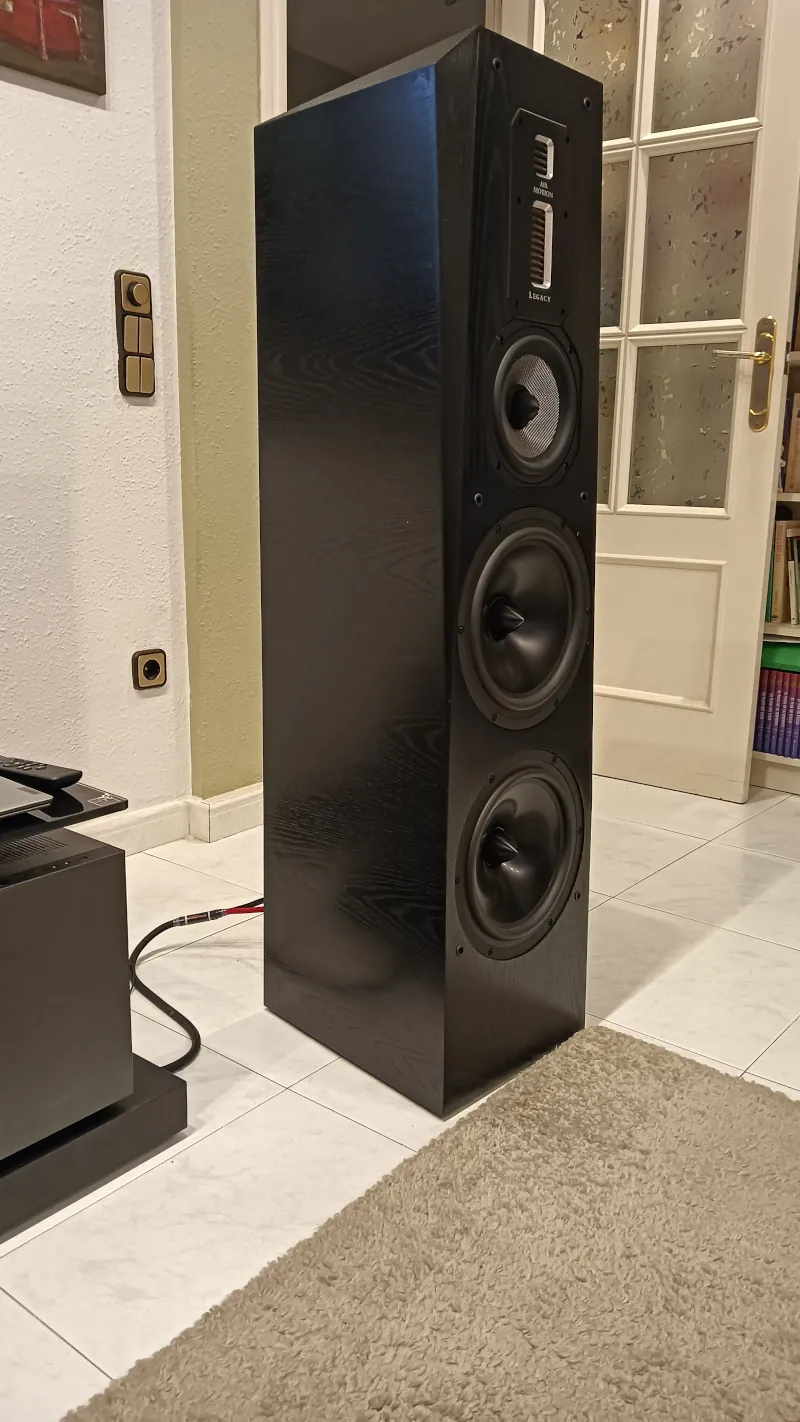
Let's see, any speaker is capable of reproducing music beautifully within a certain range of category or level. That is to say, nothing sounds bad in a great speaker and this one is. Although, due to its special characteristics, something sounds sublime, excellent and magnificent. Given my previous experience with the Focus SE, I thought that rock, slow rock, powerful concerts, etc., could make an incredible match with them. I thought that the great psychedelic music, the underground, the American southerners, with Neil Young at the helm, could get the most out of them. I thought about the powerful electronic bands, with fierce rhythms and thunderous bass, which could be the big candidates for the final prize. They were firm and convincing, dynamically and quickly resolving the demands of each style, faster than the previous ones that passed through my room, but... they didn't make me lose my head as if I did Focus.
I was somewhat disappointed in myself, I didn't understand its sound, we didn't connect in the way I do in other cases. In a piece chosen at random by Roon, I heard the round note, absolutely round, of a symphonic bass drum. I stopped what I was doing and listened again in case I had noticed something wrong. No, I was right. Then: baroque opera. I smiled, at last. The motorcyclist in the black jacket, badges, chains, long beard and dark glasses has the voice of a tenor and a symphonic soul. Incredible.
Carmen by Bizet
To fully understand what I'm talking about, we have to go to the second act, and listen to Kožená /Kaufmann as Carmen/Don Jose in "Au quartier", accompanied by the orchestral movements in the background, giving intensity to their dialogue. The low blows of the cellos take you to the innermost part of you, without reaching hell, as in other systems, but rather they remain on the epidermis, present, without twisting your stomach. It is not a spectacle of basses, but basses working for the spectacle. I think you get the idea.
"La guerre, c'est la guerre!" Those who are familiar with this topic will know that it is materially impossible to represent it convincingly in a ventilated system that is not perfectly designed. Normally, the mediums are erased, and only fragments of the highest part of the frequencies can appear, struggling to surface, amid the madding crowd. Only with military control of the bass, mitigating it, if necessary, to make room for everything, can this fragment be enjoyed. For me, this was the litmus test, which it passed with flying colors. I have overlooked the extraordinary beauty of the voices of Jonas Kaufmann and Magdalena Kožená, I think known to all, that is why I want to make a brief mention of Micaela's aria, third act, "Je dis que rien...", where she sings her lament and tries to infuse herself with strength and energy to face her great rival, Carmen, knowing herself to be inferior in beauty and charms. Genia Kühmeier makes you experience that intense inner pain first hand, with a velvety voice that flows continuously, as if she had no need to breathe. This scene is so intoxicating that sometimes I am the one who forgets such a mechanical moment.
And if all that you have read so far seems little to you, the "Entr'acte", from the fourth act of the opera, conducted by Sir Simon Rattle is everything in music. With a forceful and dynamic entrance that makes the audience sit up and take notice, it develops into one of the most well-known and beautiful pieces of music for me. The mixture of forceful moments with exquisite softness makes you savor every second of this marvel, which manages to become real inside your living room. With sonic explosions that disappear instantly so as not to mask the soft tones that immediately follow. It is a massage for the ears and makes you reconcile with music and the role that one plays in it.
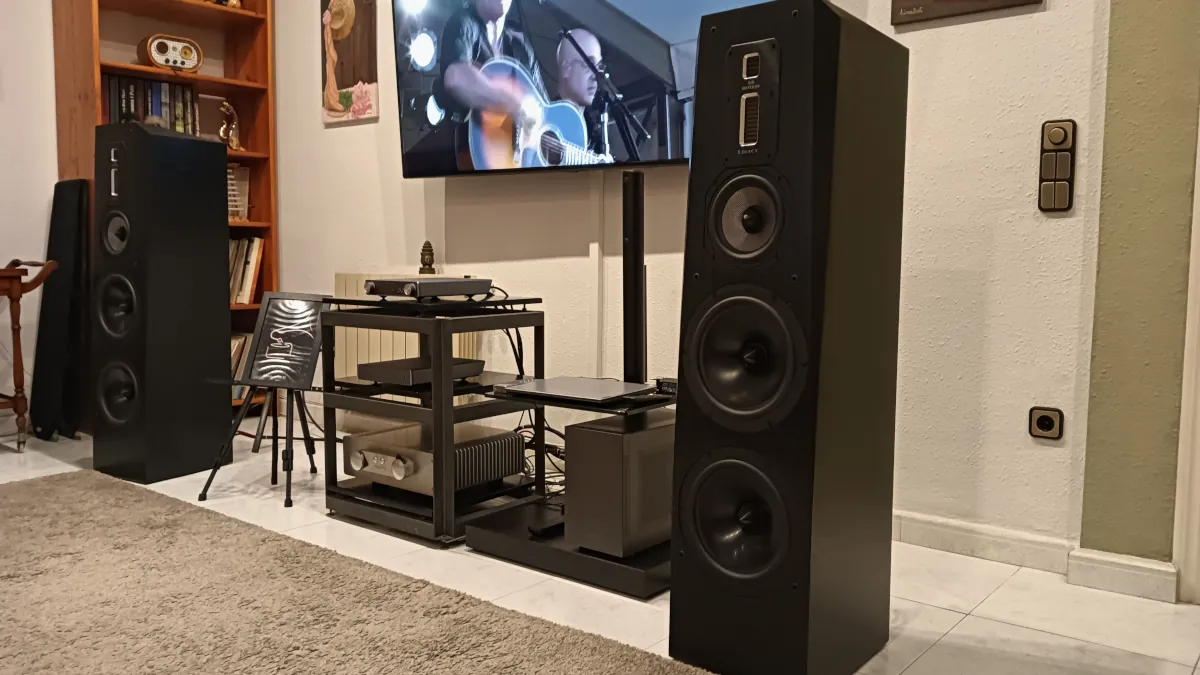
Final conclusions
Being distinct, different, puts you in a lot of trouble throughout life. Signature is different, it does not follow current established guidelines and, therefore, it plays at a disadvantage compared to other models, even from the same brand. It needs an environment favorable to its characteristics, both in terms of room sound absorption, which is lower than usual today, and the electronics associated with its amplification, which are superior to today's normal. With a favorable environment, it gives its best, like everyone else, but its sound is different.
Its sound, generous and wide in almost all frequencies and very controlled in bass, makes it ideal for compositions of large orchestras, where the balance between brightness and tone is fundamental to be able to fully enjoy the sound experience. The critical low-mid range is not affected by the bass, maintaining its acoustic independence and easy discrimination. The sound embraces you and is presented in front of you, like a television screen, without invading your space. You don't feel like you are inside the performance, but in front of it.
| Manufacturer Website | Legacy Audio |
| Distributor's website | |
| Price | |
| Technical data sheet | Not available |
| User manual | Not available |
More review
-
Diapason Karis III, the audio jewel
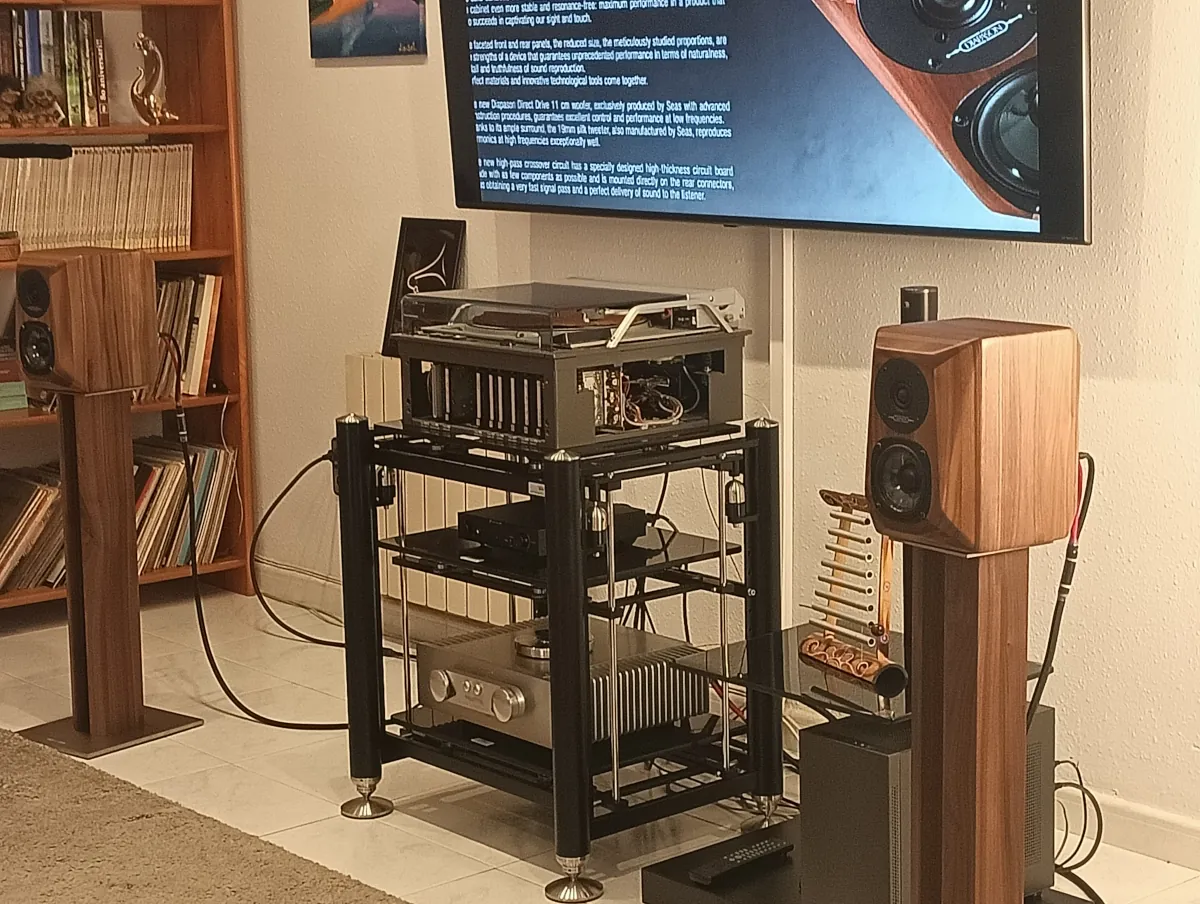
And hovering over everything, the voice that came from the heavens, and that from time to time...
-
-
Roon and Qobuz, the perfect match

Working separately, they contribute less than when they work together.

